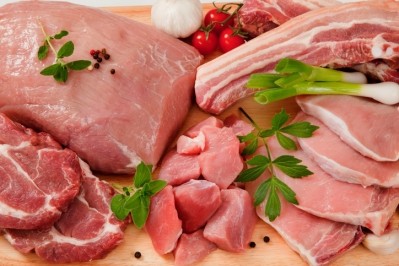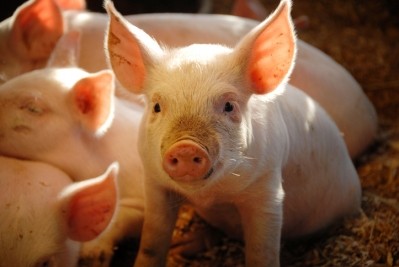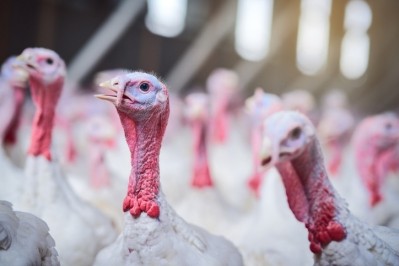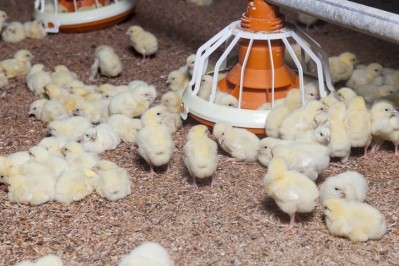Review: Industry needs more insights into probiotic function in free-range or pasture-based broiler rearing systems
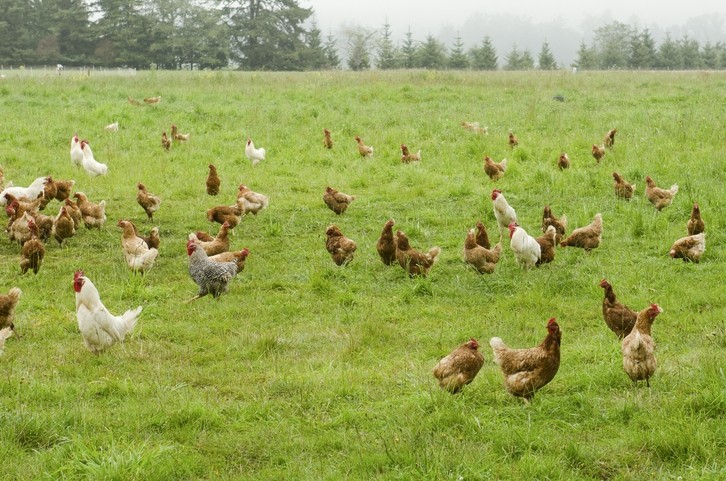
“It is believed that probiotics can impact the gastrointestinal (GIT) microbial population to some extent such as limiting foodborne pathogen colonization. However, the impact on the overall GIT microbial populations is much less clear,” concluded the authors.
The study, involving researchers from leading US universities and UK and Romanian institutions, evaluated probiotics as a broad approach to reducing pathogens including antimicrobial-resistant organisms in alternative poultry production systems such as free-range and pasture-raised systems.
Free-range poultry are poultry reared in a system that allows limited access to the outdoors and one that is regulated by the United States Department of Agriculture (USDA). Whereas pasture-raised, a term not regulated by the USDA, involves birds reared in a system that allows for at least 108 square feet of space outdoors and some sort of shelter (Rothrock et al., 2019).
Probiotic impacts including extent, magnitude, and duration on microbial community responses depend on many factors that are not entirely understood at this time. The factors include species of bacteria and corresponding quantities administered, guild function of bacteria utilized, GIT ecological niche occupancy, microbial population redundancy within niches, metabolic products in the commercial probiotic, ration, type of target animals - production system, strain, age - and rearing conditions – presence or absence of environmental and production stressors.
Additional research on probiotics under alternative poultry production conditions urged
To specifically improve the utility of probiotics in alternative poultry production models, further understanding on how probiotics function and influence the GIT microbial populations in birds raised under alternative poultry production conditions is needed, they argue.
“As such, there is a need for additional research to be conducted under alternative poultry production conditions to determine specific immune system stimulation mechanisms mediated by probiotic administration and if these alternative production systems have unique impacts on bird responses attributable to the environmental conditions.”
Further investigations should focus on studying the bidirectional interactions between the microbial population and the host, particularly the probiotic impact on host tissue-specific effects and the intestinal digestive process, which could improve the use of these compounds in poultry, said the reviewers.
Omics technology can help
Advances in metagenomics, nutrigenomics, and metabolomics should shed new light that will lead to a more comprehensive understanding of these interactions, the confirmed.
Some of the critical issues to be considered when developing food animal probiotics include strain characterization, quality control, dose optimization, heat stability, aerotolerance, and potential lateral gene transfer from probiotics to native microbiota, especially regarding antimicrobial resistance or toxin genes, remarked the team.
Developing a database of these responses in vitro and in vivo of birds being raised under alternative poultry production conditions will provide the means to optimize probiotic applications specifically for these birds, they stressed.
Some probiotic impacts in the GIT are becoming more defined, said the research group.
“For example, stress results in GIT dysbiosis, which allows pathogens (both animal and foodborne) to enter the animal and obtain a foothold in the GIT or systematically within the animal; studies have found that some probiotics indeed improve outcomes in poultry undergoing stresses due to alleviating the selective pressure of dysbiosis being introduced into the GIT. However, these subtle and limited impacts may not encompass all the criteria desired for optimal health or be detectable in standard production metrics such as body weight gain, FCR, or meat quality.
“Therefore, care must be taken in which probiotic is selected to determine overall goals for the usage of the probiotic and which parameters will be used to determine success. This may be particularly true for alternative poultry production systems where the potential influential factors may not only be more complex than conventional operations but more variable due to the fluctuations in environmental exposure that these birds encounter.”
Optimizing the selection of probiotics may help the bird in alternative poultry production systems to achieve some stability to effectively counter these variable conditions and not compromise performance, they said.
“Isolation of probiotic candidates from free-range poultry production systems may offer probiotic cultures with unique properties that could benefit a wide range of poultry production systems,” they added.
Source: Poultry Science
Title: Probiotics and potential applications for alternative poultry production systems
DOI: https://doi.org/10.1016/j.psj.2021.101156
Authors: R El Jeni, DK Dittoe, EG Olson, J Lourenco, N Corcionivoschi, SC Ricke, TR Callaway
